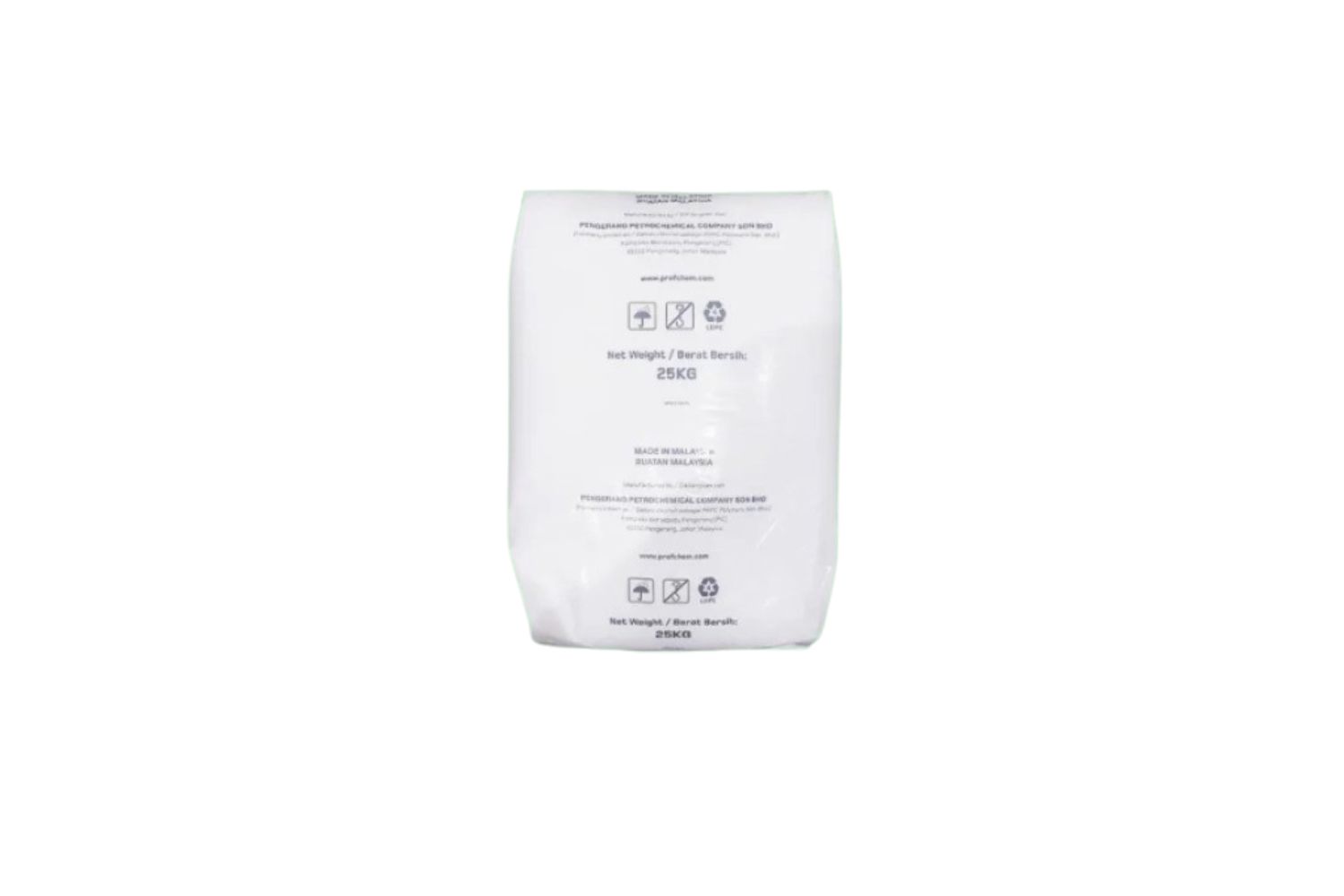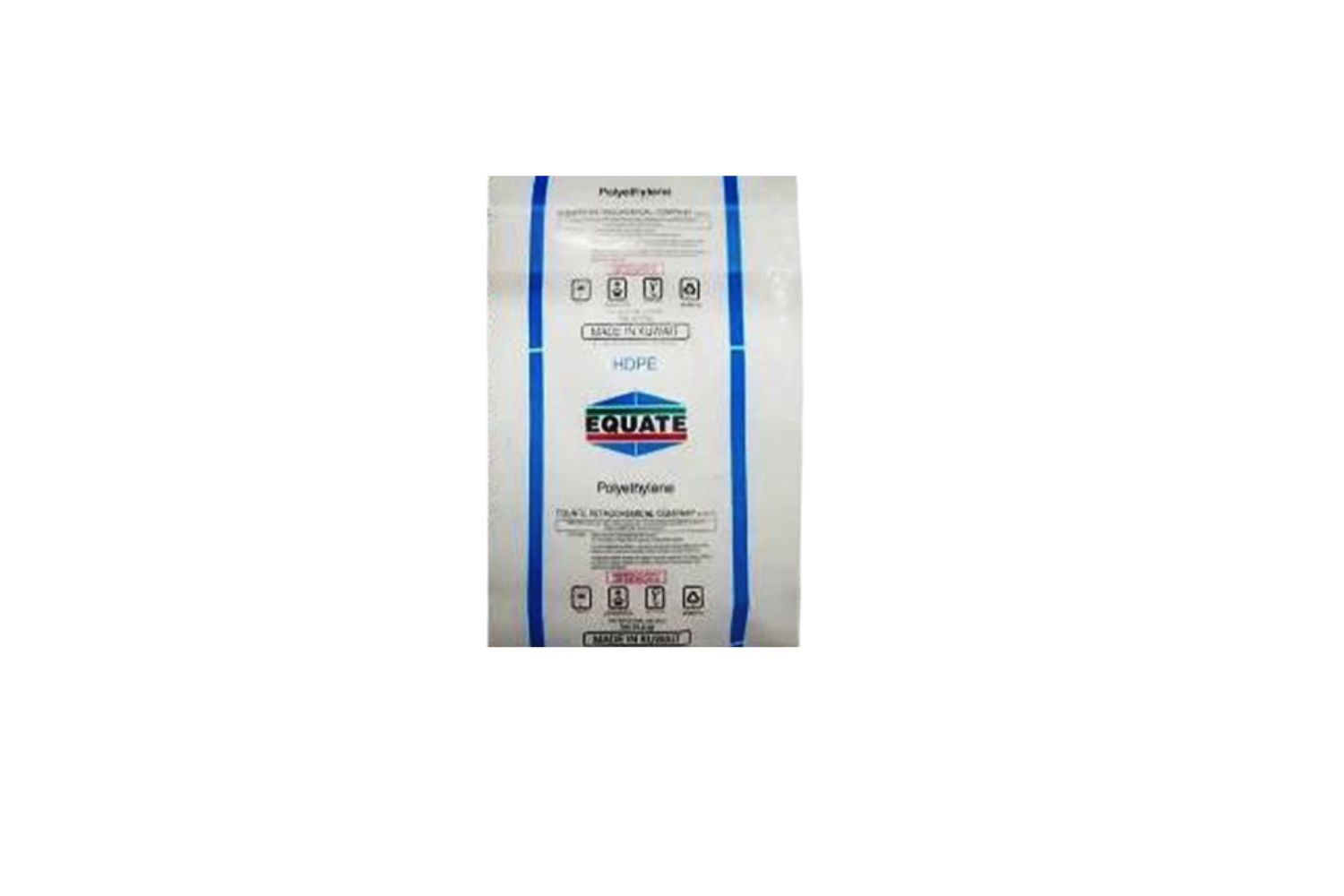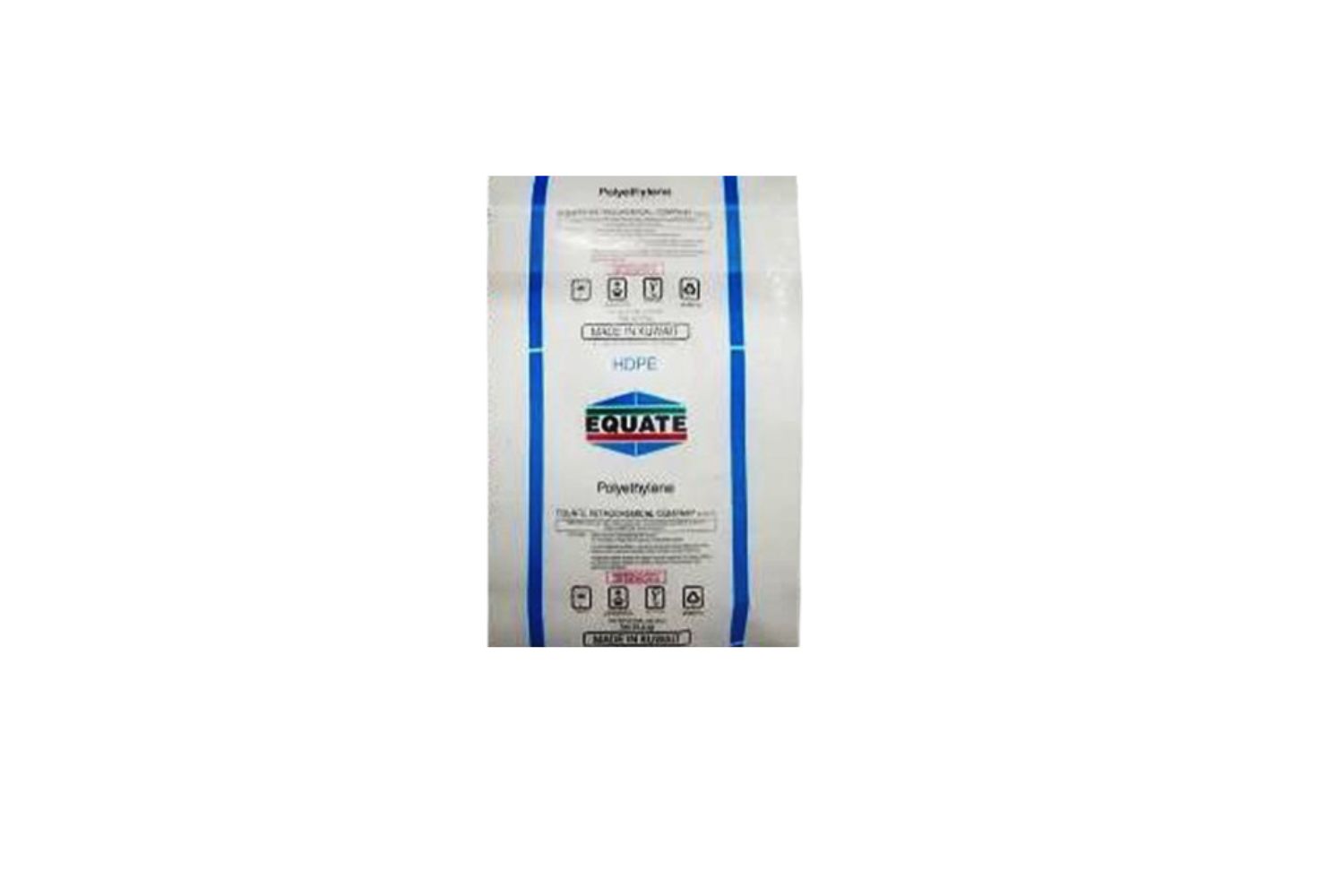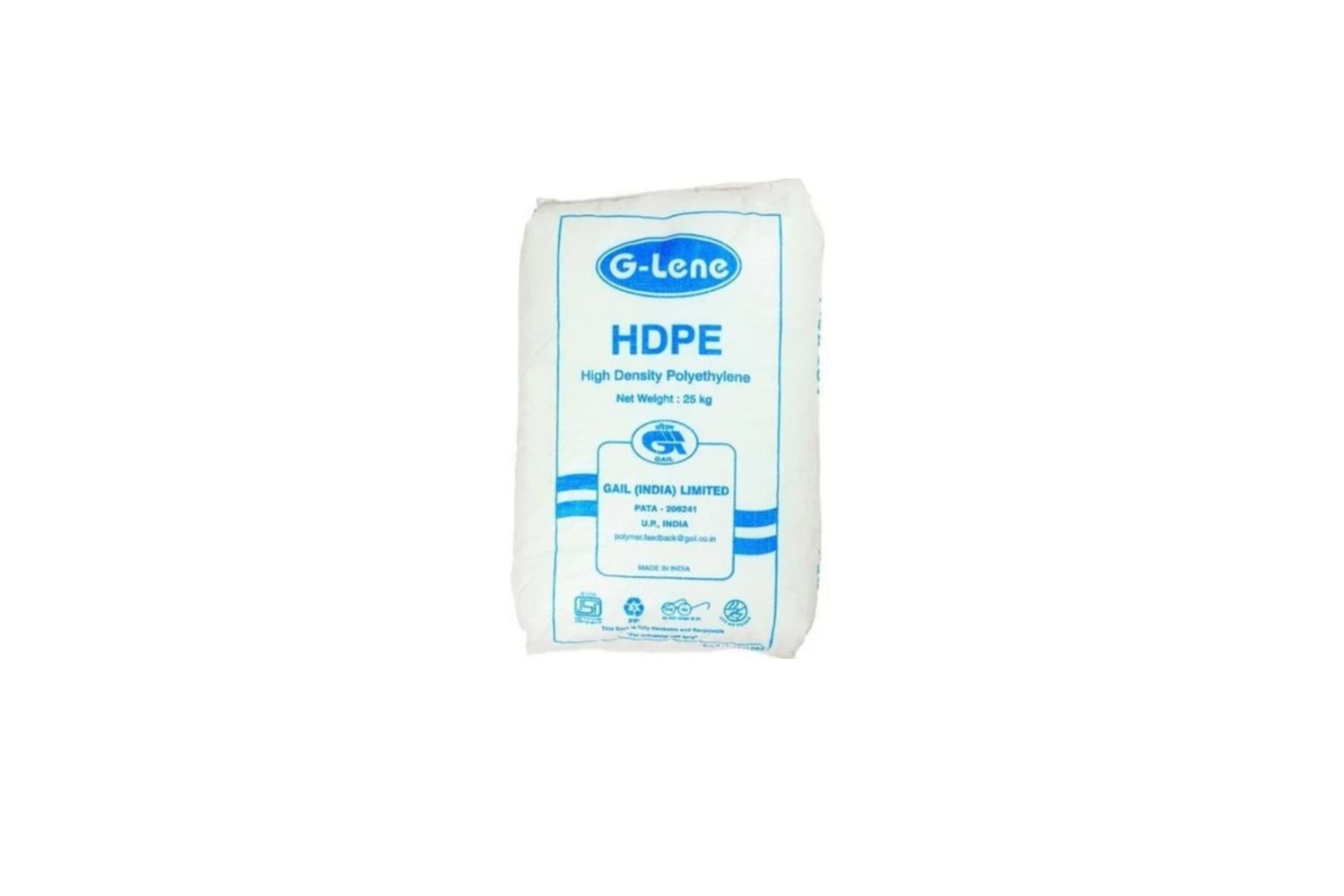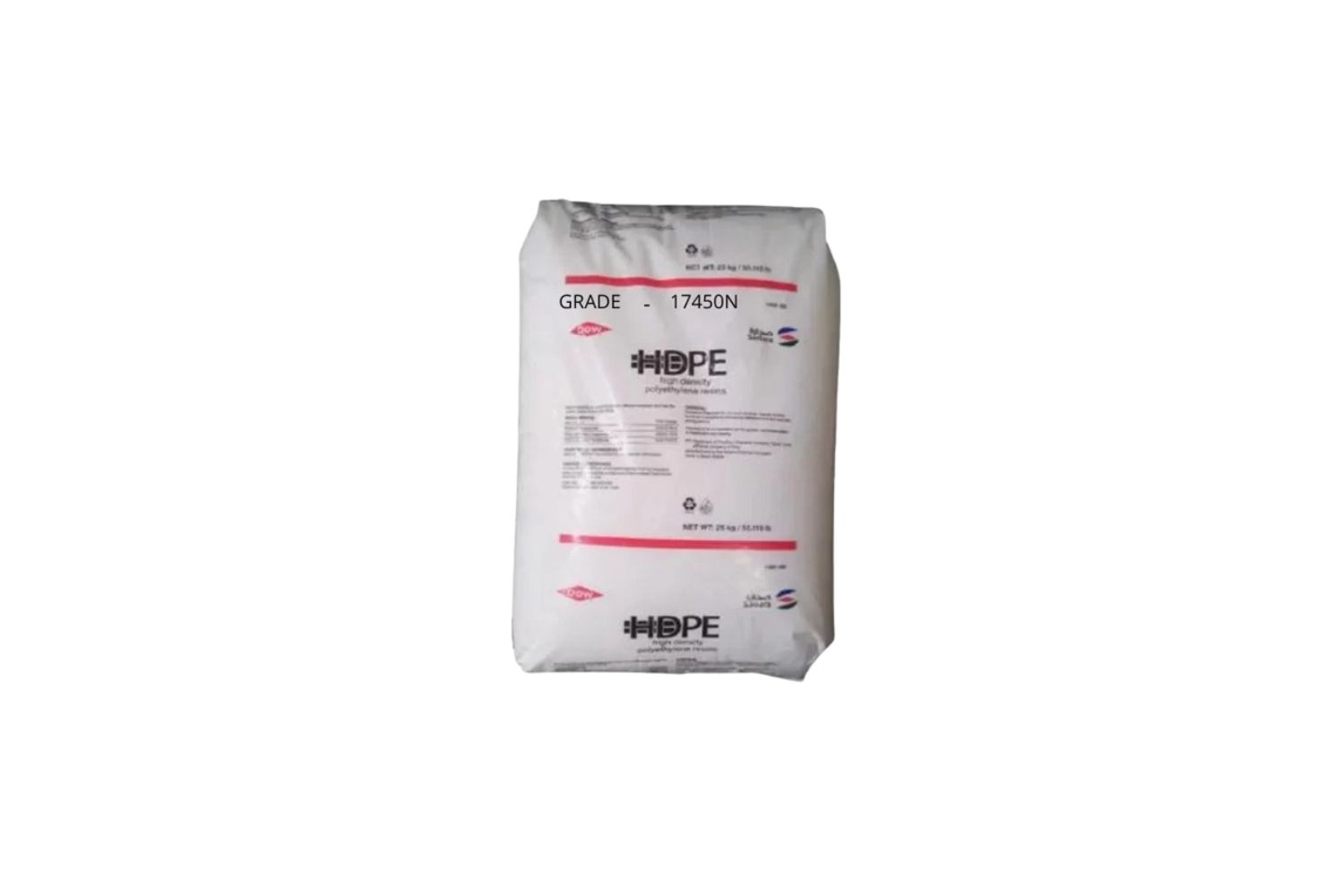What is Polypropylene ?
Polypropylene (PP) is a popular thermoplastic polymer used in a wide range of applications. It is a part of the polyolefin group of plastics, which also includes polyethylene (PE). PP is characterized by its high strength-to-weight ratio, chemical resistance, and durability.
There are several methods for manufacturing PP, including bulk polymerization, solution polymerization, and gas-phase polymerization. The most common method is bulk polymerization, in which the monomer propylene is polymerized in the presence of a catalyst to form PP. The resulting polymer is then melted and formed into the desired shape.
One of the key properties of PP is its high strength-to-weight ratio, which makes it an ideal material for use in automotive and packaging applications. It is also resistant to chemicals, making it suitable for use in the chemical industry. PP has a high melting point and is resistant to heat, making it useful for applications that require high temperature resistance.
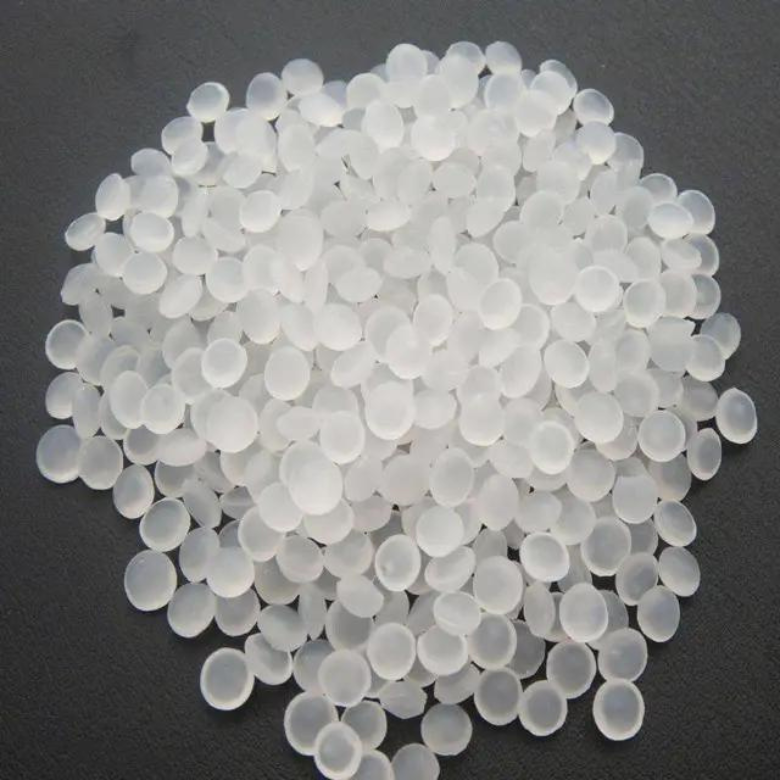
One of the main advantages of PP is its low cost and good value for money. It is also easy to process, making it suitable for use in a wide range of applications. PP is also a lightweight material, which makes it easier to transport and handle.
However, there are also some disadvantages to using PP. It has a low impact resistance and is not as strong as some other polymers, such as polycarbonate (PC). It is also not as flexible as other materials, making it less suitable for applications that require a lot of flexibility.
There are several grades of PP available, including homopolymer, copolymer, and impact copolymer. Homopolymer PP is the most common type and is made from a single monomer, propylene. Copolymer PP is made from a mixture of monomers, and impact copolymer PP is made from a blend of monomers and has improved impact resistance.
PP has a wide range of applications, including automotive parts, packaging materials, household goods, and medical devices. It is also used in the construction industry for pipes and fittings, and in the textile industry for ropes, fabric, and carpet fibers.
PP Thermoforming
Thermoforming grade PP is a type of PP that is specifically formulated for use in the thermoforming process. It is characterized by its good flow characteristics and ability to maintain its strength and shape during the thermoforming process.
One of the main benefits of using thermoforming grade PP is that it allows for the production of complex and intricate shapes with high accuracy and consistency. It is also easy to process and has good dimensional stability, making it suitable for use in applications that require high precision.
There are several factors that can affect the performance of thermoforming grade PP, including the processing temperature, the pressure applied to the sheet, and the cooling rate of the part after it is removed from the mold. It is important to carefully control these factors to ensure that the parts have the desired properties and meet the required specifications.
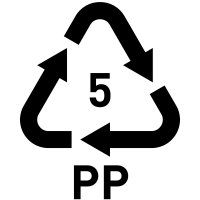
Thermoforming grade PP is used in a wide range of applications, including automotive parts, packaging materials, and household goods. It is also commonly used in the construction industry for pipes and fittings, and in the medical industry for devices such as inhalers and pill containers.
PP Film
Polypropylene (PP) film grade is a type of PP that is specifically formulated for use in the production of films. It is characterized by its good flow characteristics, high clarity, and good barrier properties, which make it suitable for use in a wide range of film applications.
One of the main benefits of using PP film grade is that it allows for the production of high-quality films with good optical properties and excellent barrier properties. It is also easy to process and has good dimensional stability, making it suitable for use in a wide range of applications.
PP film grade is typically formulated with a high melt flow index (MFI), which means that it has good flow characteristics and is easy to process. It is also formulated with a high clarity and good barrier properties, which make it suitable for use in film applications.
PP film grade is used in a wide range of applications, including food packaging, medical packaging, and industrial packaging. It is also commonly used in the production of films for use in the automotive, construction, and textile industries.
PP Random
Polypropylene (PP) random grade is a type of PP that is characterized by its random copolymer structure. It is made by copolymerizing propylene with small amounts of other monomers, such as ethylene, to create a polymer with a more diverse range of properties. The presence of ethylene disrupts the crystallization process, resulting in a PP with a lower melting point and lower stiffness, but with higher clarity and better impact resistance.
One of the main benefits of using PP random grade is that it has a combination of the properties of both PP homopolymer (made from a single monomer, propylene) and PP copolymer (made from a mixture of monomers). This makes it a versatile material that can be used in a multiple applications for various range.
These copolymers can be processed using injection molding, blow molding, and extrusion techniques. PP random copolymers are often used in applications where the desirable properties of polypropylene are desired, but with increased transparency and clarity, such as storage containers, housewares, office accessories, syringes, medical containers, bottles, and sheet.
PP Raffia
PP Raffia is a type of PP that is specifically formulated for use in the production of raffia, a type of strong, flexible, and weather-resistant woven material. It is characterized by its good flow characteristics, high stiffness, and good impact resistance, which make it suitable for use in the production of raffia.
One of the main advantages of using raffia grade PP is that it allows for the production of high-quality raffia with good strength and durability. It is also easy to process and has good dimensional stability, making it suitable for use in a wide range of raffia applications.
Raffia grade PP is typically formulated with a medium to high melt flow index (MFI), which means that it has good flow characteristics and is easy to process. It is also formulated with a high stiffness and good impact resistance, which make it suitable for use in the production of raffia.
Raffia is used in a wide range of applications, including packaging materials, bags, ropes, and other woven products. It is also commonly used in the construction industry for reinforcing materials, and in the agriculture industry for tying plants and bundling crops.
One potential disadvantage of raffia grade PP is that it may not be as flexible or as UV-resistant as other materials, such as natural fibers. This may limit its use in certain applications where these properties are important.
PP Moulding
Injection molding grade polypropylene (PP) is a type of PP that is specifically formulated for use in the injection molding process. It is characterized by its good flow characteristics, high stiffness, and good dimensional stability, which make it suitable for use in the production of complex and intricate parts.
One of the main advantages of using injection molding grade PP is that it allows for the production of high-quality parts with good accuracy and consistency. It is also easy to process and has good impact resistance, making it suitable for use in a wide range of applications.
Injection molding grade PP is typically formulated with a medium to high melt flow index (MFI), which means that it has good flow characteristics and is easy to process. It is utilized in various applications, including the production of automotive parts, packaging materials, and household goods.
PP Lamination & Non Woven
PP Lamination is a type of PP that is specifically formulated for use in the production of laminated materials. It is characterized by its good flow characteristics, high clarity, and good barrier properties, which make it suitable for use in the production of laminated materials.
One of the main advantages of using PP lamination is that it allows for the production of high-quality laminated materials with good optical properties and excellent barrier properties. It is also easy to process and has good dimensional stability, making it suitable for use in a wide range of lamination applications.
PP Lamination is typically formulated with a high melt flow index (MFI), which means that it has good flow characteristics and is easy to process. It is also formulated with a high clarity and good barrier properties, which make it suitable for use in lamination applications.
PP Lamination is used in a wide range of applications, including food packaging, medical packaging, and industrial packaging. It is also commonly used in the production of laminated materials for use in the automotive, construction, and textile industries.
It also finds use in manufacture of non woven cloth in a wide range of applications, including medical products, protective clothing, and filtration materials.
PP Copolymer
Polypropylene copolymer (PPC) grade resin is a type of polypropylene (PP) that is made from a mixture of monomers, including propylene and one or more other comonomers. It is characterized by its improved impact resistance, flexibility, and toughness compared to PP homopolymer, which is made from a single monomer, propylene.
One of the main advantages of using PPC grade resin is that it allows for the production of parts with improved impact resistance and flexibility compared to those made from PP homopolymer. It is also easy to process and has good chemical resistance, making it suitable for use in a wide range of applications.
PPC grade resin is typically formulated with a medium to low melt flow index (MFI), which means that it has good flow characteristics and is easy to process. It is also formulated with improved impact resistance, flexibility, and toughness compared to PP homopolymer.
About Viztaar
Viztaar is a tech enabled marketplace that facilitates B2B commerce in bulk industrial raw materials.
By leveraging technology, Viztaar helps buyers find the best prices from sellers across the country thereby optimizing their purchases and improve their bottom line. Buyers get cheapest prices, assured quality and reliable deliveries thereby ensuring complete peace of mind in managing their supply chains through Viztaar.
For sellers, Viztaar provides easy access to buyers on a pan India basis without having to invest in costly sale and marketing functions, acting as their wide reaching distribution network where they can quickly sell their inventory, improve their volumes and focus on optimizing their cash flows.

About Reliance
Reliance Industries is a multinational conglomerate company based in India. The company was founded in 1966 by Dhirubhai Ambani, and it has since grown to become one of the largest and most diversified business groups in India. The company’s petrochemicals division is one of its major business segments, and it is involved in the production and marketing of a wide range of petrochemical products.
Reliance Industries has a number of manufacturing plants located in various parts of India, including Jamnagar, Hazira, and Silvassa. These plants have a combined production capacity of over 15 million metric tons per year, making Reliance Industries one of the largest petrochemical companies in the world.
The products produced by Reliance Industries’ petrochemicals division include:

- Polymers: Reliance Industries produces a variety of polymers, including polyethylene (PE), polypropylene (PP), and polyvinyl chloride (PVC). These polymers are used in a wide range of applications, including packaging, construction, automotive, and consumer goods.
- Chemicals: Reliance Industries produces a range of chemicals, including methanol, acetic acid, and ethylene oxide. These chemicals are used in a variety of industries, including pharmaceuticals, personal care, and textiles.
- Fibers: Reliance Industries produces a range of fibers, including polyester, nylon, and acrylic. These fibers are used in the production of textiles, automotive parts, and industrial products.
In addition to its domestic operations, Reliance Industries has a strong global presence, with customers in over 100 countries around the world. The company’s petrochemicals division has a turnover of over $20 billion per year.
The Petrochemicals Division produces a wide range of products, including high-density polyethylene (HDPE), linear low-density polyethylene (LLDPE), polypropylene (PP), and several specialty chemicals. These products find applications in various sectors, including packaging, automotive, construction, and textiles.
The Petrochemicals Division is committed to sustainable development and has implemented several initiatives to reduce its environmental impact. These include the use of natural gas as a feedstock, which reduces greenhouse gas emissions compared to the use of fossil fuels, and the use of advanced technologies to minimize waste and emissions.
In terms of financial performance, GAIL recorded a turnover of over INR 1 lakh crore (approx. USD 13.5 billion) in the financial year 2020-2021. The company is listed on the Bombay Stock Exchange and the National Stock Exchange of India.






